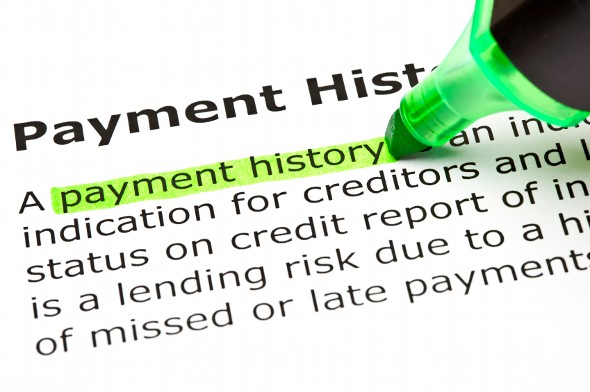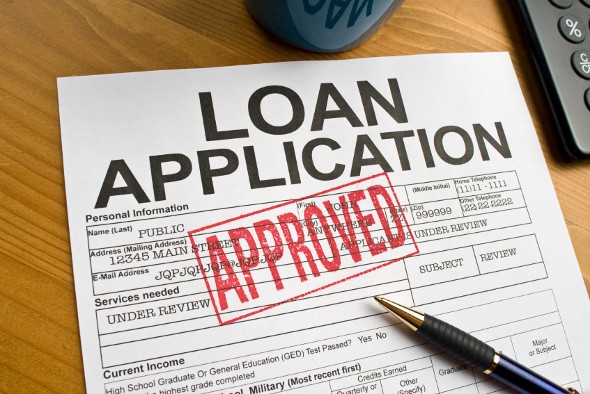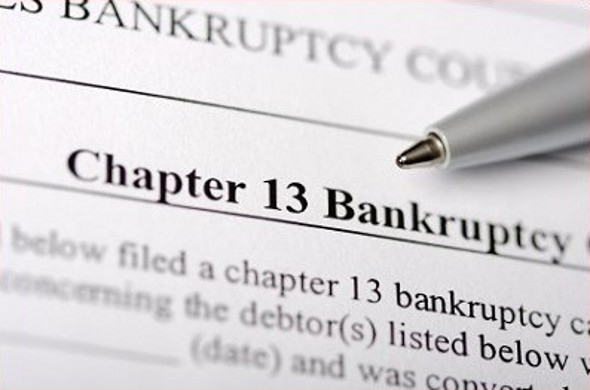Getting out of debt is never easy and for some people, filing bankruptcy is the only light at the end of the tunnel. Nearly 1.1 million Americans filed bankruptcy in 2013, with the majority of cases involving individuals seeking Chapter 7 protection. If you’re being hounded by debt collectors or you simply can’t pay, this can be a fast way to get some financial relief. The downside is that once your case is complete your credit score looks pretty abysmal. Improving your credit after bankruptcy is often a long slow climb but there are some things you can do to speed the process along.
Check out our budget calculator.
Rebuilding Credit After Bankruptcy
Rebuilding credit after bankruptcy is tough but doable. With patience and persistence, you can gradually lift your credit score. Don’t expect banks to give you the benefit of the doubt when it comes to credit, though. You’ll have to prove your credit-worthiness by starting small and paying your bills consistently. Here are our tips:
1. Review Your Credit Report
Once your bankruptcy case is discharged you won’t be responsible for any debts included in your filing but you still need to make sure the information on your credit report is correct. You get copies of your report from Equifax, TransUnion and Experian through AnnualCreditReport.com.
It’s a good idea to review your credit report carefully. Some of the things that you’ll need to look for include duplicate entries if you had a debt that was sold or assigned to a third-party collector, debts that were included in the bankruptcy but are still listed as delinquent and any outstanding judgments that should have been eliminated as part of the filing. If you see something that doesn’t add up, don’t hesitate to send a written dispute to the appropriate credit bureau so the information can be corrected or removed.
2. Get a Grip on Your Bills

If poor spending habits or a lack of money management skills ultimately lead to your bankruptcy filing now’s the time to take control of your finances. Learning how to make a budget and stick to it is the first step. Making a budget is the easy part; you simply break down your expenses for the month and allot your income accordingly. If you have money left over then you’re ahead of the game. If not, you’re going to have to look for ways to either increase your pay or cut costs down.
Once you know what your bills are you can set up a system for making sure that everything gets paid on time each month. Thirty-five percent of your FICO credit score is based on how responsible you are when it comes to paying your bills. Following a bankruptcy filing, making sure that you don’t incur any new late or missed payments needs to be your top priority as you’re trying to boost your score.
3. Start With a Secured Card
Credit cards are one of the easiest ways to build your credit but getting approved for one in the months immediately following a bankruptcy won’t be easy. Applying for a secured card first improves your chances. You deposit a specific amount of cash with the card issuer, usually anywhere from $200 to $500, which serves as your credit line. When you make your monthly payments, it frees up more of your available credit. After several months of on-time payments you should be able to graduate to an unsecured card, but you’re better off starting with a secured card.
Secured cards are similar to prepaid cards but they’re better for improving your score as long as you choose one that reports your account to the credit bureaus. The interest rates and fees tend to be higher than what you’d get with an unsecured card so it’s important to review the account terms carefully before you sign up. As long as you’re making your payments on time and keeping your balance low you should see your score start to climb.
4. Consider a Personal Loan

Another option for building your credit is taking out a small personal loan through your bank or credit union. Even if you borrow just a few hundred dollars and pay it back within a few months it can still help to boost your score. Depending on the lender, you may be able to get a much better interest rate than you would with a secured credit card. Just make sure you read the fine print carefully so you’re aware of what the fees are and what the penalty is if you don’t pay the loan off in time.
5. Say No to Credit Repair Services
So far, we’ve been talking about things you should do when you’re trying to bounce back from bankruptcy but it’s also worth noting that there’s one big mistake you want to avoid. Credit repair companies advertise their services on the TV, radio and all over the Internet but contrary to what they promise, they can’t undo the damage to your credit overnight.
What usually happens is you pay them a hefty fee and they give you tips for fixing your credit that you could have gotten from a credit counseling service for free. In the worst-case scenario, these companies are actually just scams that take your money and leave your credit even more damaged than it was. Avoiding them altogether can save you a lot of money and headaches.
Related: 4 Signs It’s Time to File Bankruptcy
Your best bet when it comes to fixing your credit after bankruptcy is to be diligent about what you’re doing with your money so you can make the best decisions possible. Correcting those mistakes that lead you to file in the first place can go a long way towards helping you get your credit back on track.
Photo Credit: flickr, © iStock/IvelinRadkov, © iStock/Kirby Hamilton
